Manufacturers strive to find a compromise between comfort and durability. Although there are balls that fit all surfaces, it’s good to know that there are balls specially designed for every surface of the track. And the change goes beyond simply everyone’s preference.
Tennis is a sport that is practiced throughout the year. In summer, it is very hot, in winter it is cold and in many cases we have to play on the premises with indoor courts. Most importantly, there are few players who always play on the same surface. Tennis is a sport of changing a lot of the court. Tournaments, friendly games, we play when we are on holiday, many times we train in different tennis clubs.
Professional tournaments are divided by seasons. The first major tournament of the year is the Australian Open. It is played on the fast courts. Then, in spring, Roland Garros is played in clay. Wimbledon, a classic, is played on the natural grass. The last tournament of the Grand Slam season is the US Open. It is played on the fast courts.
Before each Grand Slam tournament, several smaller tournaments are played to get players used to the surface. From there comes the expression: “Earth Season” or “Fast Courts Season”. Among all the tournaments in the world there are more tournaments on the fast court, followed by clay, and there are very few on the natural grass. Fast Courts does not require much maintenance and is very nice to play.
For each surface, it is highly recommended to use a specific material. It is true that the racket is the same, perhaps to improve the level you can change the twine and tension, but we will talk about this in another article.
How to choose the balls for fast courts
There are many brands and manufacturers of tennis balls on the market. I have heard many rumours that all balls, even though they are of different brands, are made in China, in the same factory. That’s not true. There are several factories, many technologies, and they don’t stop researching not only to lower the manufacturing costs, but also to make the tennis ball better, and we can enjoy tennis more and more.
The part that covers the ball, the felt, is what it suffers when it comes to contact with the racquet and the surface of the tennis court. With each hit the ball receives an impact, in many cases with effect, that deforms the ball. Each pot on the ground is another impact and so on throughout the life of the ball. Felt to a greater extent influences the quality of the ball.
The cheapest is synthetic. The most expensive and best quality is natural wool. It lasts the most and gives the best feeling at the time of impact. In the can, we can find a legend that can tell us if the felt is natural or synthetic.
- Extra Duty – Natural Felt
- Regular Duty – Synthetic Felt
We can find 3 types of balls
- All Court Balls – Natural Felt with hydrorepellent coating
- Championship Balls
- Basic balls
Major manufacturers offer tennis balls, especially for fast court.
Here I propose several options:
The tennis ball is made up of the rubber part and felt. Rubber manufacturing technology is constantly developing. They are complicated processes that combine the fusion of rubber with various chemical elements to achieve elasticity along with durability. Keep in mind that if you are not a high-level professional, a bucket of balls can last for several weeks, and if the quality is not good, the ball may lose pressure and will not have good performance.
As we have already said, the racket is the same, but it can change the surface. In clay the ball suffers less, in natural grass almost nothing, but in the fast court the wear is very great.
The fast track is painted with an acrylic paint mixed with very fine sand. It’s like a sandpaper that with each ball boat is wearing it. So the felt, the part that is on the outside, has to be special.
Tennis balls used for clay court go through a special treatment so that they do not absorb moisture on the court. Fast court balls do not have this treatment.
Dunlop Fort, Dunlop ATP, AO Dunlop

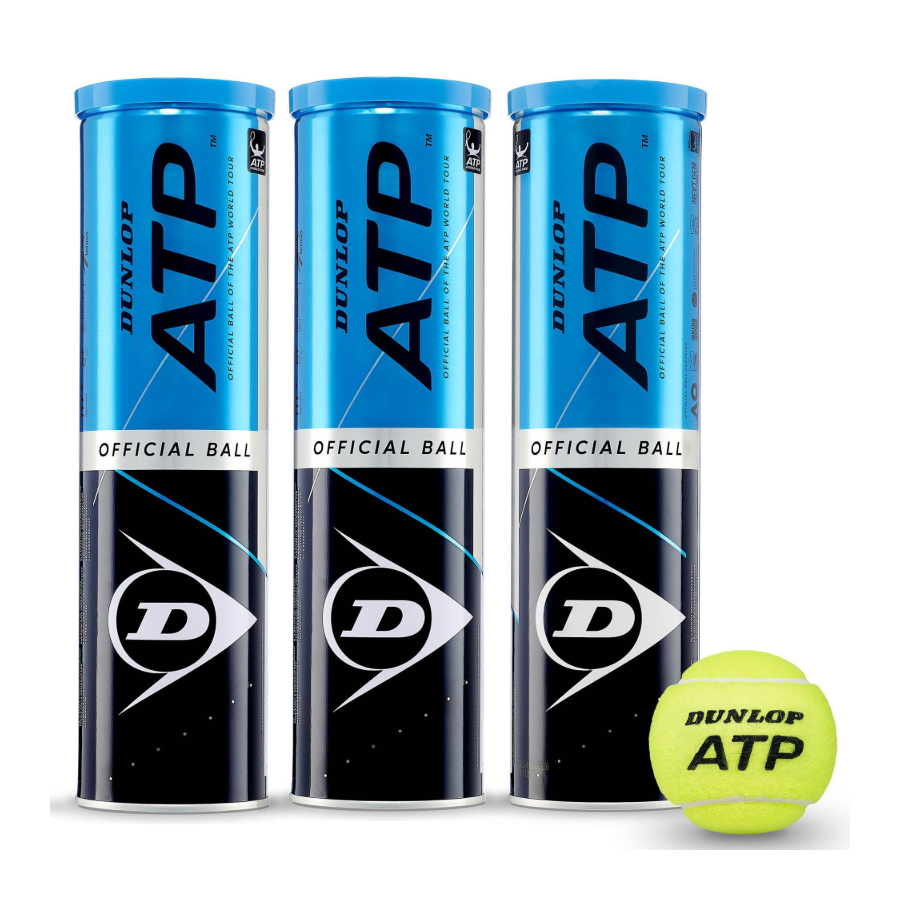
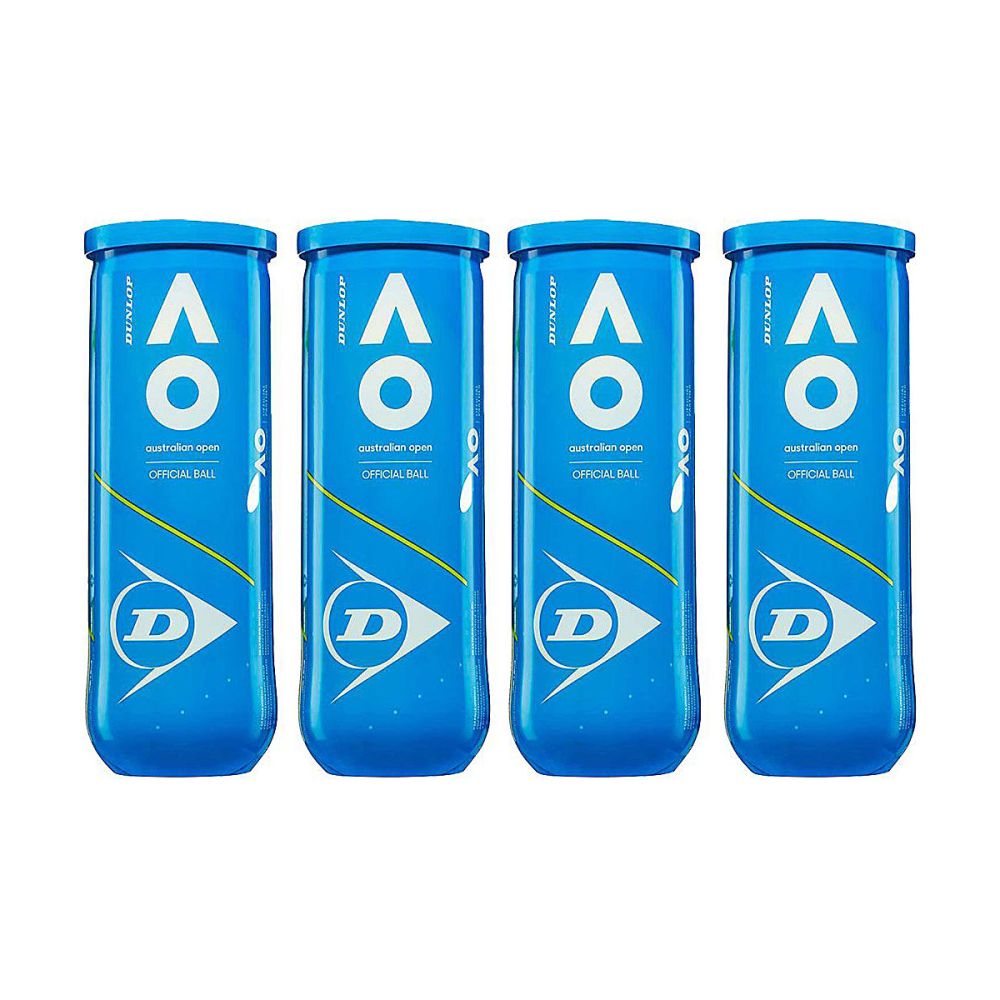
It is a reference in the world. It’s one of the most expensive, but better quality balls.
It has its own factory. They have a lot of experience in rubber making and are ahead of other brands in research.
Wilson US Open
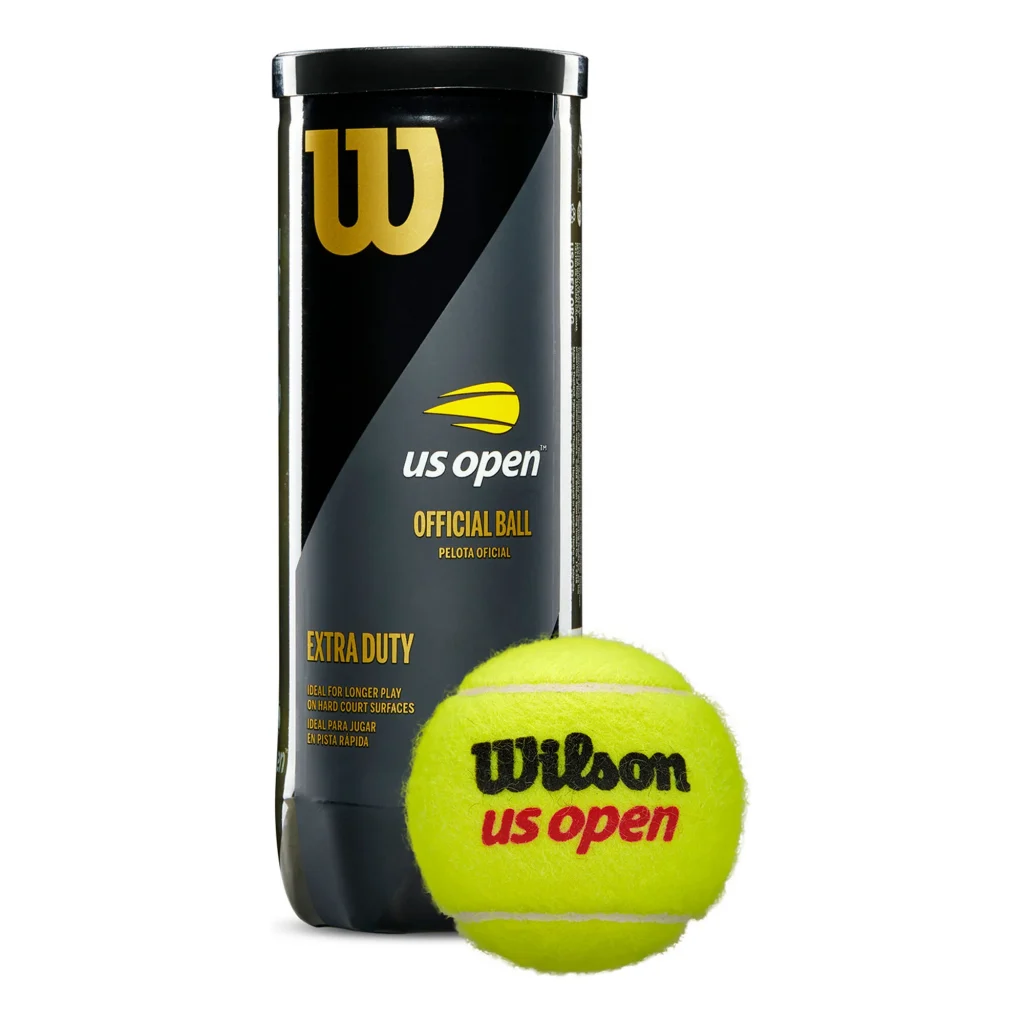
Most Grand Slam tournaments are played with this ball. On the fast court gives very good results.
Head Tour
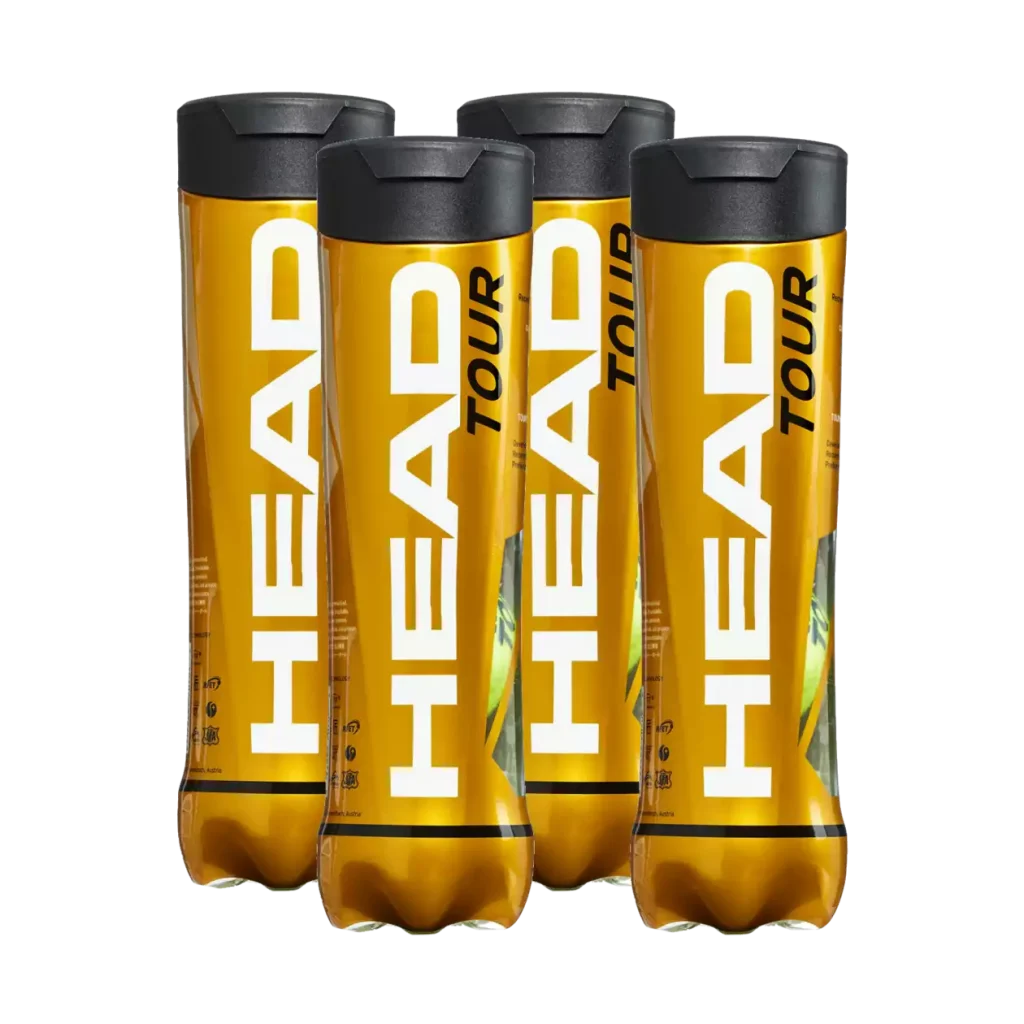
Very good quality. Many ATP and WTA tournaments are played. Most balls are made for hard court.
Tecnifibre ONE
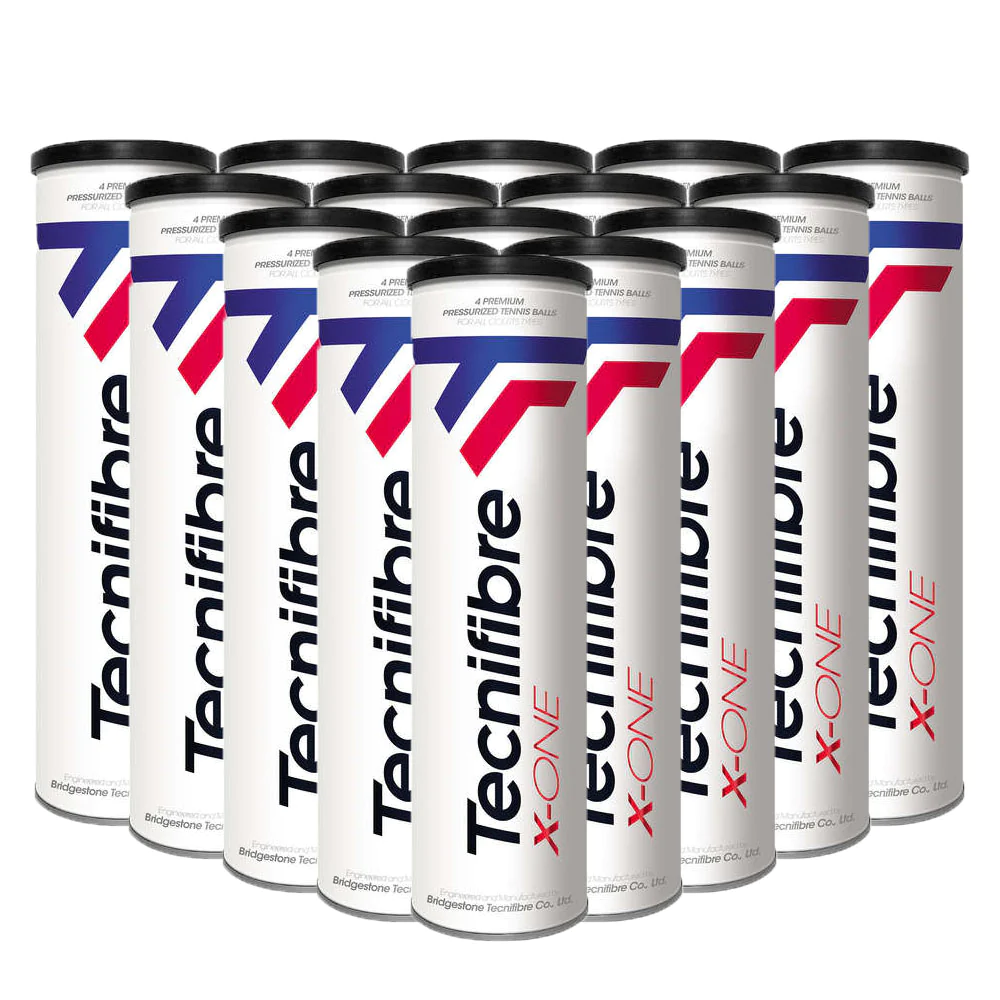
It is another brand they manufacture at the Brigestone factory. They are experts in rubber making and most tournaments in the world are played with these balls.
Slazenger
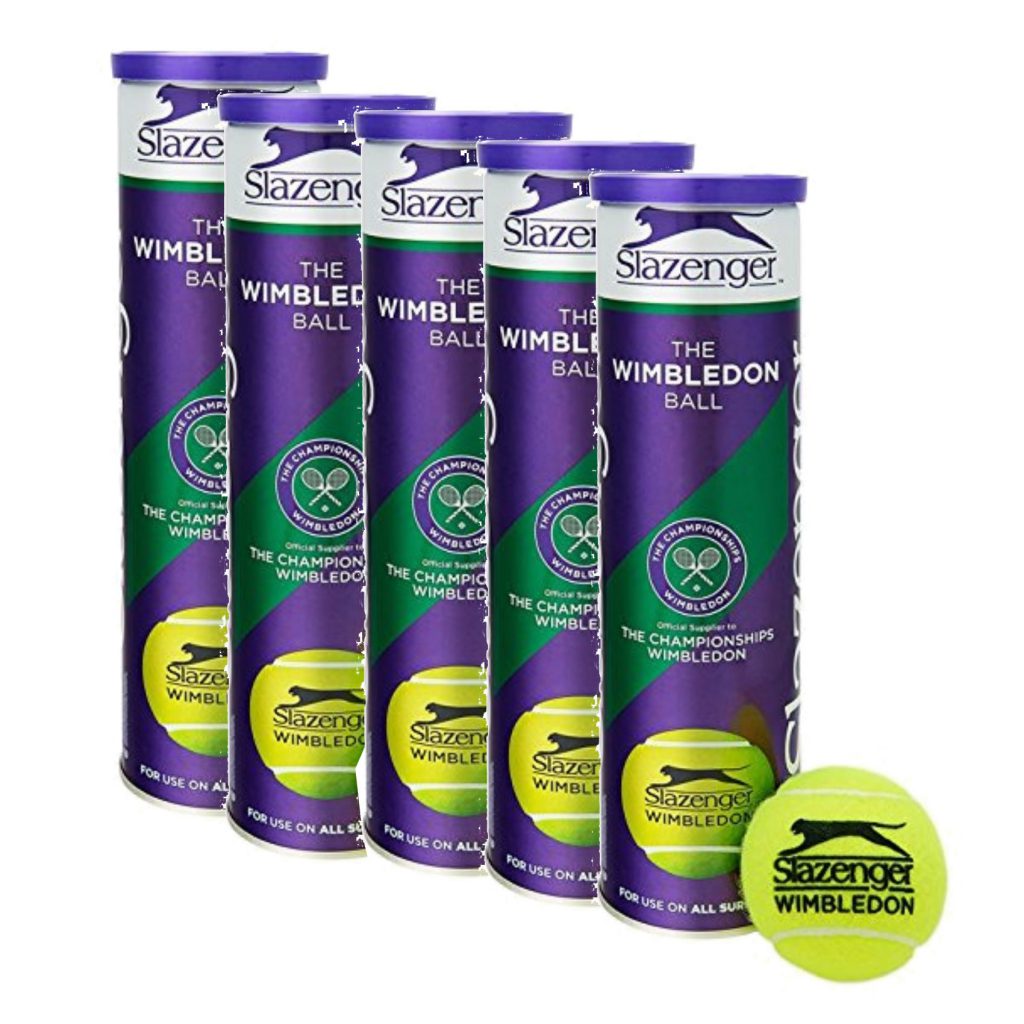
It is an official Wimbledon ball. Very good quality.
Tretorn is the first manufacturer to bet on a special fill that is not air. It is a kind of foam rubber that by its composition remembers microscopic bubbles that of course each bubble is much larger than the molecules that make up the air and, therefore, do not escape so easily from the inside of the ball while maintaining the pressure. It’s a great idea, very innovative, and they’re constantly improving to make the game feel like other balls. It is that the problem is that, having instead of air a different compound, which weighs more, has to compensate for the weight at the expense of rubber, and that leads the player to feel the impact differently.
Of course, this is a matter of getting used to, but it’s not easy, as each tournament uses different balls. Talking about the pressure of tennis balls. The balls must have the right pressure to throw it well. They are in a hermetically sealed boat or can with additional pressure so that the air does not escape from the inside of the ball while waiting for their turn to be used in a training or tennis game. But once the canister is opened, the outside pressure will be much less than the inside. During the game, with each hit, the ball gradually loses the pressure. Professionals, who play hard, can spend a lot of balls on a workout in such a way that it can no longer be used again. They just throw it away. But those who don’t hit so much, the fans, the children, can reuse the same balls throughout several workouts. If there is not much time between games, nothing happens, but if the open balls are not playing for more than a week, they will lose the pressure noticeably. There is a good invention to get the balls to keep pressure for a long time once they are opened.
Final Thoughts
In conclusion, I can say that it is preferable, but it is not mandatory to play with special fast courts balls.
It is always better, of course. You’ll notice it in touch, sensations when hitting, if your level allows it.
If you are an amateur, beginner, if you use balls for kids training, I don’t think you will notice any difference or benefit from playing with that type of ball.
If you are a professional, or a high-level amateur, if you compete in this case, it is better to choose the right balls. In tournaments, they are already picking the balls to play the matches.
In the tournament information hour always comes the brand and type of ball to be played in the tournament. To prepare, you can buy the same balls to prepare yourself better and have no surprises.
When choosing the balls for playing tennis, I would recommend that you take into account more of the price that can always vary thanks to the promotions in the stores.
Can you use All Court balls to play on the fast track? Yes. Even clay, but always if you have the chance to use the special balls for the fast court would be better.